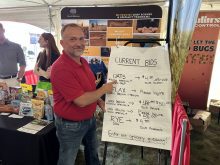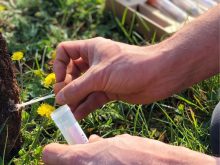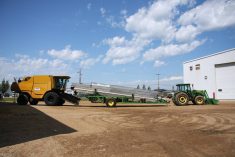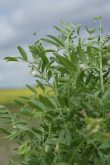Saskatchewan and Montana scientists have learned that there’s a relationship between lentil yields and root length.
Longer roots, more yield.
The scientists, including Maryse Bourgault of the University of Saskatchewan, grew 25 varieties of lentils in plots in Havre, Mont., where Montana State University has a research centre.
The lentils that grew the deepest and largest roots, generated the highest yields.
“In lentil, total root length and root length found below 30 centimetres was well-correlated with biomass and yield,” the researchers wrote in a paper published in the Plant Phenome Journal.
Read Also
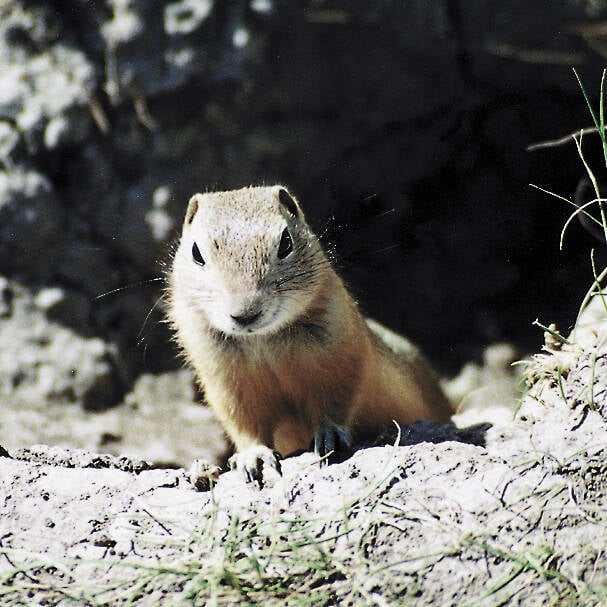
Sask. ag group wants strychnine back
The Agricultural Producers Association of Saskatchewan has written to the federal government asking for emergency use of strychnine to control gophers
That result wasn’t a shock. As deeper roots allow a plant to tap into subsoil moisture and more nutrients.
But the results also showed that different lentil varieties produced significantly different root structures, even under the same environmental and soil conditions at the Montana State research centre in Havre.
“There is a large genotypic variability in root length across the soil profile and the proportion of root length found below 30 cm,” the paper said.
As well, the scientists grew 29 varieties of field peas and found a similar result. There were distinct differences in root length and size, depending on the genetics of the variety.
“We found there were many differences between pea and lentil varieties in how much they invest in root systems,” Bourgault told the American Society of Agronomy, Soil Science Society of America and the Crop Science Society of America.
With peas, though, the researchers concluded that varieties with the largest roots, don’t necessarily produce the largest yields.
“In field pea, the highest yielding cultivars were intermediary in both total root length and the proportion of root length below 30 cm,” the authors wrote in the paper. “Suggesting large root systems and deeper root profiles are not necessarily beneficial in this environment (semi-arid regions).”
The research on root size and length could help breeders design pulse crops that invest the right amount of resources into their roots.
Root development and architecture are important factors that influence a plant’s adaptability and yield potential in semi-arid growing conditions.
Compared to other types of research that deal with plant physiology, research into root architecture has been limited.
Much of the existing research dealing with drought tolerance in plants is focused on above-ground traits such as leaf development and photosynthetic capacity.
“With roots, it’s a little bit of a new frontier because they’re hard to see,” Bourgault told The Western Producer in 2021.
“They’re hidden in the ground so it’s a little bit different, but recently we’ve gained access to a few more tools that allow us to have a better look at what’s happening underground.”
The scientists may have learned that different varieties of peas and lentils, produce distinct root lengths and structures, but what should they do with that information?
Will breeding lentils with longer roots maximize yield? Or maybe that’s too simplistic.
“Do we need a bigger root system, for example, or do we need a root system that’s a bit more fibrous?” Bourgault said last year.
“We used to think that bigger was better… but in recent years, we’re kind of reassessing that and we’re thinking that having bigger root systems might mean that (the plant) is putting a lot of reserves into something that you might not want.”
Many questions remain, but scientists like Bourgault believe that roots are an opportunity to improve the performance of pea, lentils and other crops.







